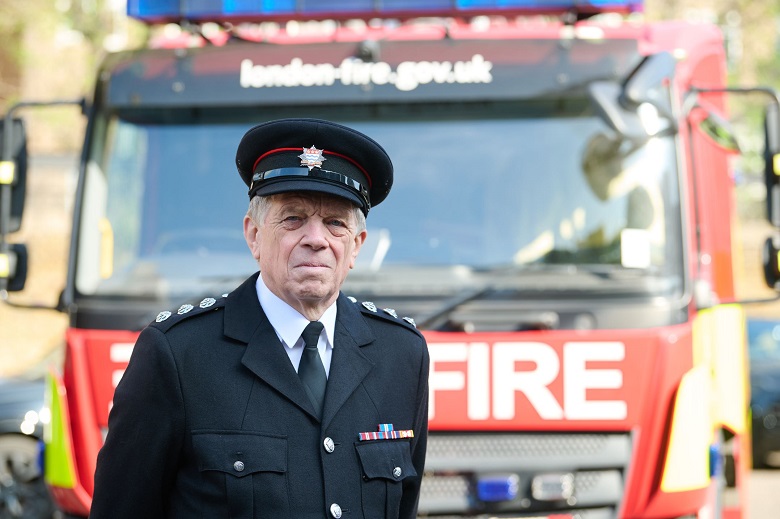
Credit: Cassius F Photography
One of the Brigade’s longest serving operational staff members is retiring after an incredible 50 years of dedicated service to the capital. Two other colleagues also celebrate a half a century of service.
Station Commander Clive Robinson, whose final roll call took place today at Shoreditch Fire Station ahead of his retirement at the end of the month, first joined the Brigade at the age of 18 on double the wages he earned at a supermarket. Eager Clive signed up to earn the princely sum of 80 pence an hour for a 48-hour week as a firefighter.
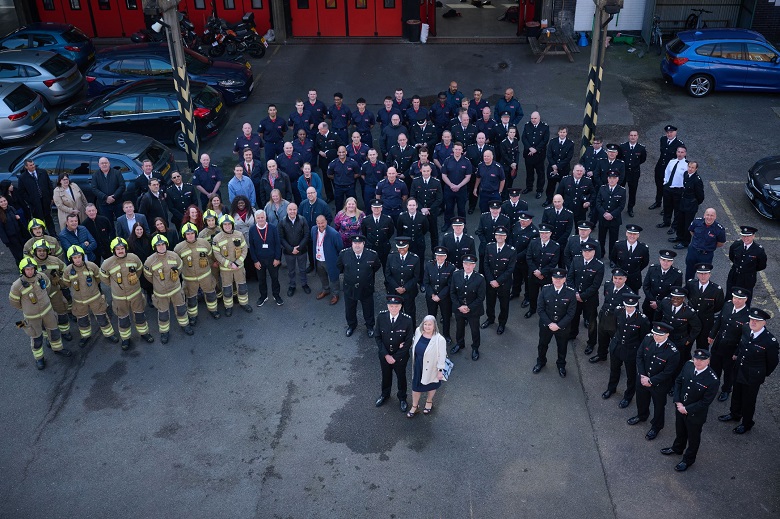
Credit: Cassius F Photography
Clive believes there is no better job satisfaction than saving a life. He recalls the incredible story of one man he rescued from a burning building. Clive said: “Back in the 1980s there was no partnership working with other services that commonly happens today. We had no way of telling what happened to people after we rescued them.
“We brought the man outside - he wasn’t conscious or breathing and his prognosis was not good. He was resuscitated but we never knew if he survived. A month or so later my colleagues and I were in a pub after work and had a chance meeting with his sister. She told us he had survived. It was the best feeling in the world. We even got to meet him. He wasn’t 100%, but he was well on his way to recovery.”
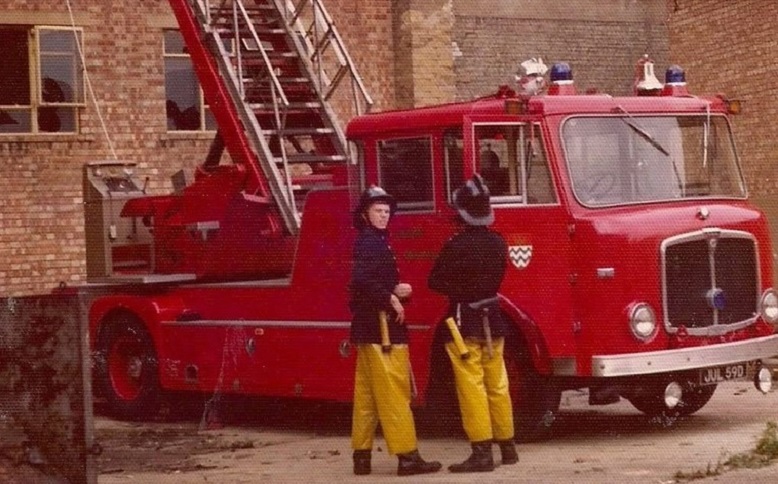
Clive has attended many of London’s big and challenging incidents over the decades. In the 1970s he was called to Oxford Street to deal with IRA bombs exploding. And more recently, in 2022, Clive attended numerous wildfires in Wennington and Dagenham when the temperatures in London reached over 40 degrees.
He said: “We’ve all seen the wildfires that happen in California and Los Angeles, and I never thought I’d see that in London. I hope firefighters never experience that again. Driving home that day, no matter what side of the A13, there were plumes of dark smoke from the fires that were still burning, or new ones that had broken out. That drive home is one I’ll never forget.”
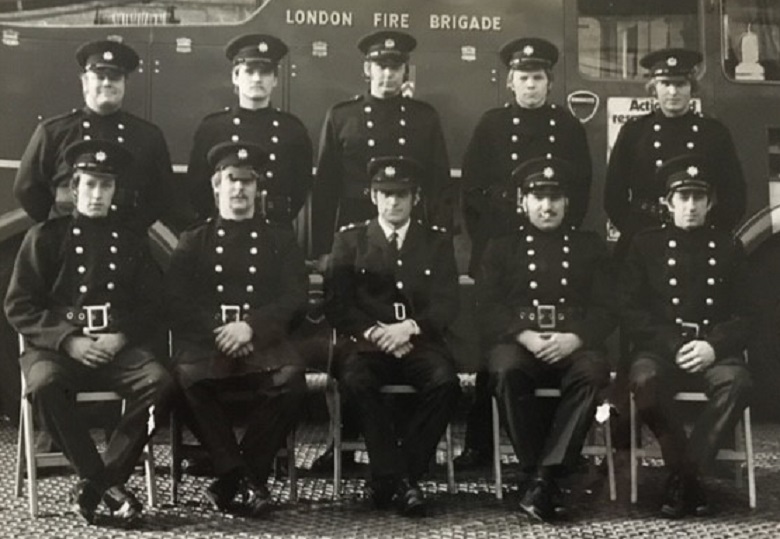
Over the years Clive has seen dramatic changes to uniform – every change implemented to kit for the frontline has been about safety and protection. It has enabled firefighters to do their job to the best of their ability while staying safe and protected. Clive started the job in a dark blue woollen tunic and black helmet which was made of compressed cork, minimising the risk of electric shocks when compared to the previous brass metal version, but it had zero eye protection. He also donned “wet legs” – black waterproof coverings for firefighter’s legs. The PVC gloves Clive first wore kept his hands clean but had no heat protection. They were similar to those bought in garden centres today.
The wool tunic stayed but the black waterproof coverings were phased out and replaced with the iconic canary yellow leggings. Soon after this kit, things transitioned to the iconic canary yellow trousers. Lessons were learnt though following the intense fire at Kings Cross underground station in 1987, when the yellow leggings were discontinued as they offered little protection in extremely hot conditions.
Clive particularly remembers the wool tunics, he said: “Getting rid of the wool tunics was a big change for the fire service, as they’d been in use since 1866, and it was a recognised style. They were very absorbent and heavy once wet, so I was really glad to see them go!”
In 1979, the Watch system changed going from two days, two nights and two days off to a four-day routine. This led to a large intake of staff and shortly after women began to join the fire service too. Clive said: “Women joined us on the frontline, and this opened up the culture, from what was a ‘man’s job’ to a job for everyone. Today we have a multicultural Brigade, and we are all the better for it!”
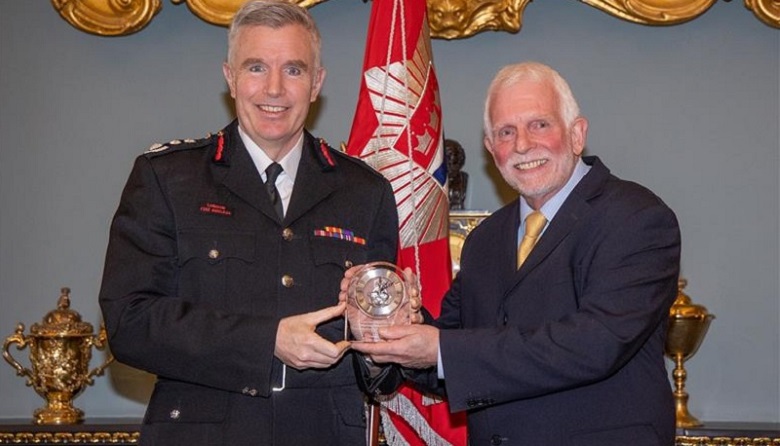
Steve Wood was a recruitment officer’s dream; he joined Islington Fire Station as a firefighter over 50 years ago and never left the Brigade. Steve started out at various fire stations before moving across to the Fire Safety department in 1993. In 2007 Steve became an Inspecting Officer. He says the 14 years he spent as an Investigator were, as he puts it in his own words, “the most enjoyable and rewarding years.”
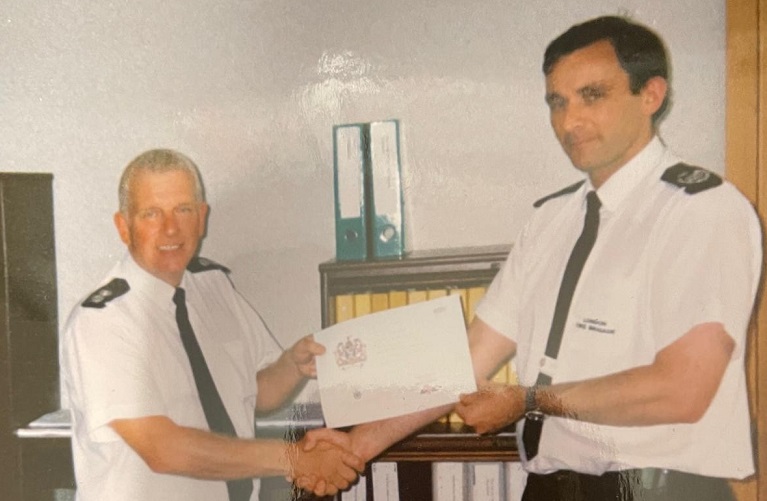
Amongst the most memorable incidents he worked on, Steve said the storms in 1987 were unforgettable. He was one of the firefighters who helped rescue a woman who had been trapped by debris in her home. Steve remembers: “Crews worked in perilous conditions knowing that further collapse of the house was possible. We brought the lady to safety - if ever I needed an example of what teamwork can really achieve, that night we proved it in abundance. The most satisfying thing was that she survived. What a truly rewarding feeling it was to know that someone still had a life ahead of them. A big shout out to all the firefighters who helped rescue her!”
Steve finishes his time at the Brigade in the Central Regulatory Enforcement Group which he helped to set up. He says because of this, and the team of people he worked with, it was the most memorable part of his career. Steve credits colleagues as the reason he has stayed working for the Brigade for so many years. He said: “I’ve always enjoyed coming to work and this is why I’ve probably hung around so long; for me it’s important to have a purpose in life and I find the Brigade always provided it. It may sound a bit cliched, but ‘every day you do something you love doing, is not work’. It’s also invigorating when you work alongside so many, like-minded, committed people; many of them remain life-long friends.”
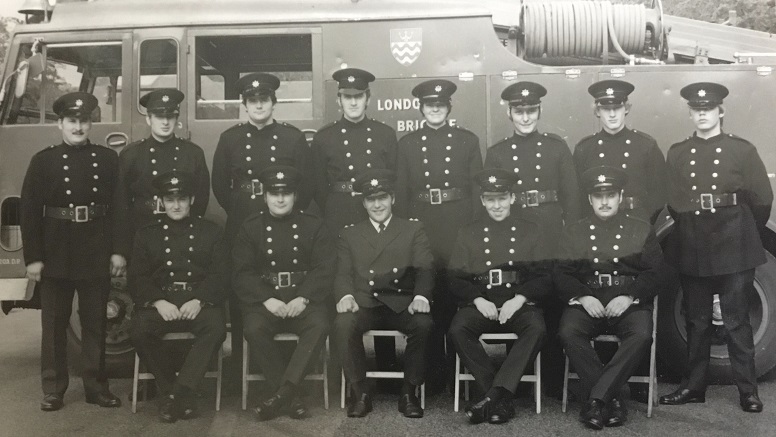
Ray Pheasant officially joined London Fire Brigade in August 1974, when he was posted as a firefighter to Edmonton Fire Station. His career then took him to various stations across London. He served as a station manager at Clerkenwell, Enfield and Ilford fire stations.
One of the most prominent incidents Ray attended was when he was based in Kentish Town as a Sub-Officer. His two crews were involved in the immediate emergency response to the tragic fire at Kings Cross station in 1987.
After 33 years on the frontline, Ray finally decided to hang up his boots but very quickly moved into fire safety as a fire safety inspecting officer, predominantly working on high-rise buildings in east London. Now 71, Ray continues to carry out these duties part-time and recently celebrated 50 years of service.
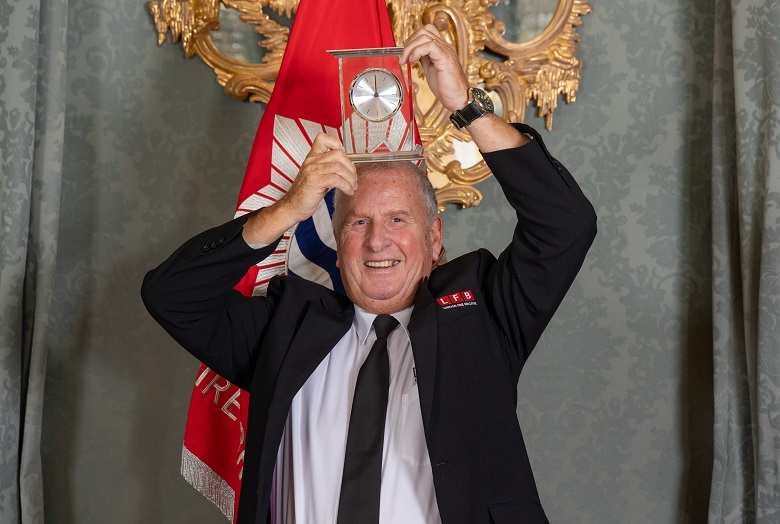
Ray said: "At school, I dreamt about becoming a firefighter, to help people and save lives. It sounds corny but I’m really proud of what I have done in my career. It can be really sad, but it can also be such a buzz to help others when they need it. I might not be on the frontline anymore, but I still believe that I’m helping to save lives with the work I do in fire safety."